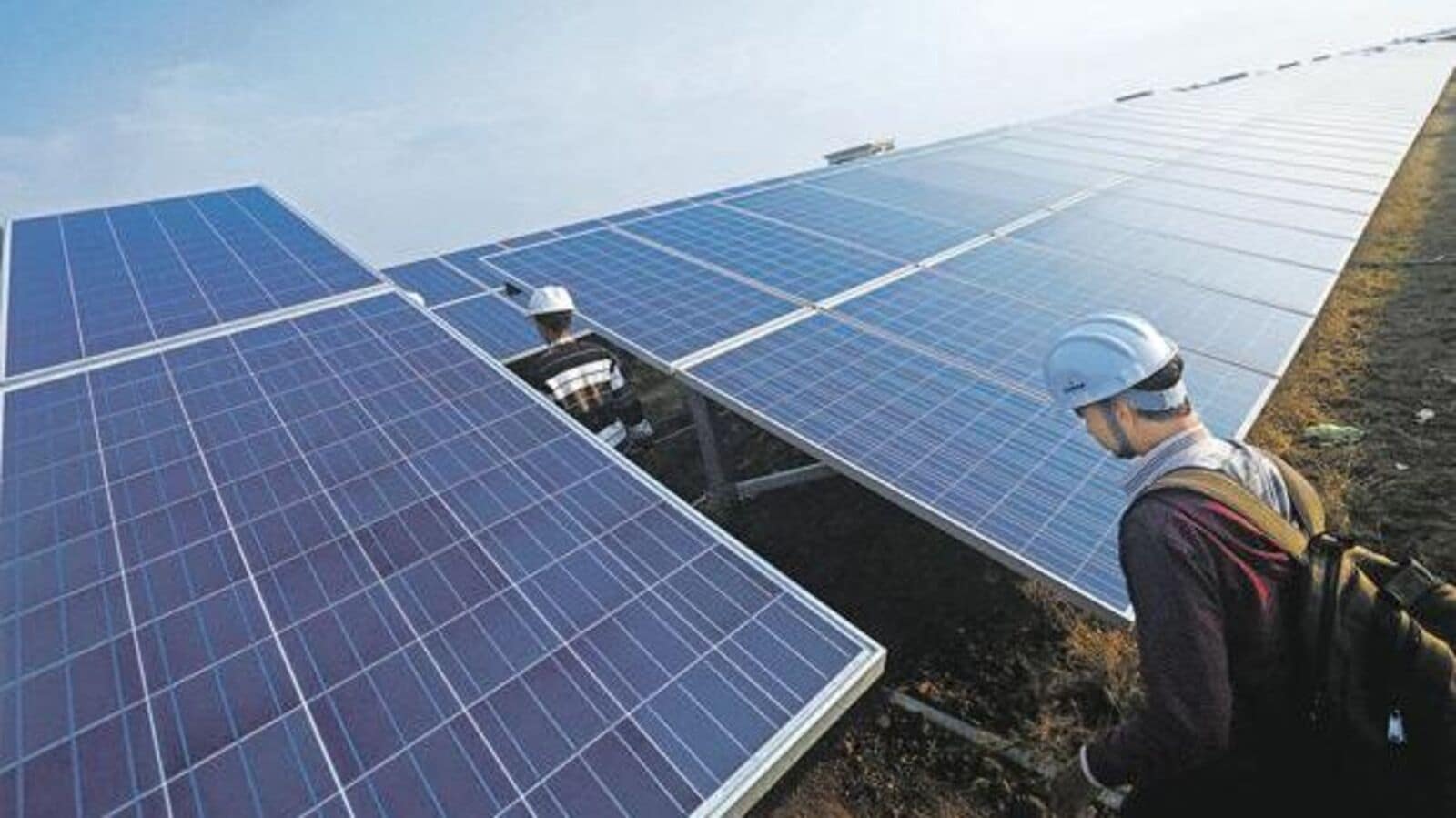Globally, we are already spending almost $2 trillion annually on trying to force an energy transition. Over the past decade, solar and wind energy use has increased to their highest-ever levels. But it hasn’t reduced the use of fossil fuels—over the same time, their consumption has risen.
Countless studies show that when societies add more renewable energy, most of it never replaces coal, gas or oil. It simply adds to energy consumption. Recent research shows that for every six units of new green energy, less than one unit displaces any fossil fuel.
Analysis in the United States shows that renewable energy subsidies simply lead to more overall energy being used. In other words, policies meant to boost green energy are leading to more emissions.
None of this should come as a surprise to any student of history. During the transition from wood to coal during the 1800s, overall wood use actually increased even while coal took over a greater proportion of overall energy needs. The same thing happened when we shifted from coal to oil: by 1970, oil, coal, gas and wood all delivered more energy than ever.
Humans have an unquenchable thirst for affordable energy, which is required for every aspect of modern life. In the past half-century, the energy we get from oil and coal has again doubled, hydro power has tripled, and gas has quadrupled—and we have experienced an explosion in the use of nuclear, solar and wind energy. The whole world—and the average person—has never had more energy available.
The grand plan underpinning today’s green energy transition mostly insists that pushing heavily subsidized renewables everywhere will magically make fossil fuels go away. But a recent study concluded that talk of a transition is “misleading.”
During every previous addition of a new energy source, the researchers found, it has been “entirely unprecedented for these additions to cause a sustained decline in the use of established energy sources.”
What causes us to change our relative use of energy? One study investigated 14 shifts that have taken place over the past five centuries, such as when farmers went from ploughing fields with animal-drawn ploughs to fossil fuel-powered tractors. The main driver has always been the fact that the new energy option is either better or cheaper.
Solar and wind fail on both counts. They are not better, because unlike fossil fuels that can produce electricity whenever we need it, they can only produce energy constrained by the vagaries of daylight and weather.
This means they are not cheaper either. At best, they are only cheaper when the sun is shining or the wind is blowing at just the right speed. The rest of the time, they are mostly inadequate and over-costly.
When we factor in the cost of just four hours of storage, wind and solar energy solutions become uncompetitive compared to fossil fuels. Achieving a real and sustainable transition to solar or wind would require orders of magnitude more storage, making these options incredibly unaffordable.
Moreover, solar and wind only address a small part of a vast challenge. They are almost entirely deployed in the electricity sector, which makes up just one-fifth of all global energy use.
We still struggle to find green solutions for most transport, and we haven’t even begun to address the vast energy needs of indoor heating, manufacturing and agriculture. We are all but ignoring the hardest and most crucial sectors like steel, cement, plastics and fertilizers.
Little wonder then that, for all the talk of the world undergoing an energy transition, even the Joe Biden administration of the US finds that while renewable energy sources will dramatically increase globally up to 2050, oil, gas and coal will all keep increasing too.
On this trajectory, we will never achieve an energy transition away from fossil fuels. This would require vastly more subsidies for solar and wind, as well as for batteries and hydrogen, and for all of us to accept less efficient technologies for important needs like steel and fertilizers.
But on top of that, a true transition would also require politicians to impose massive taxes on fossil fuels to make them less desirable. McKinsey estimates the direct price-tag for a real transition at more than $5 trillion annually.
This splurge would slow economic growth, making the real cost five times higher. Annual costs for people living in rich countries could be higher than $13,000 per person per year. Voters won’t agree to accept such pain.
The only realistic way to achieve a transition is to vastly improve green energy alternatives. This means more investment in green energy research and development. Innovation is needed in wind and solar, but also in storage, nuclear energy and many other possible solutions.
Bringing alternative energy costs below the price of fossil fuels is the only way that green solutions can be implemented globally, and not just by the elite in a few climate-concerned countries that have abundant financial resources.
When politicians say that a green transition is underway and we must get on board, they are really just asking voters to support their throwing of more good money after bad. We need to be much smarter.
#transition #green #energy #isnt #reducing #carbon #emissions






